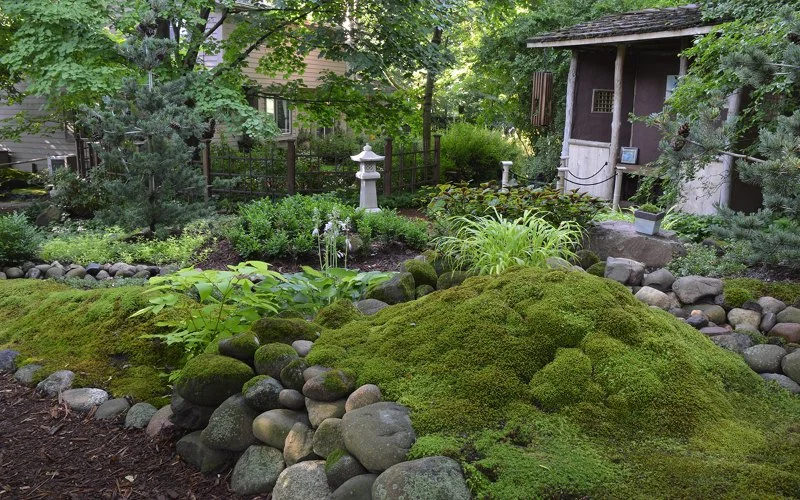
- 1 - Using Moss & Ferns in Shady Landscapes
- 2 - Why Moss and Ferns Are Ideal for Shady Gardens
- 3 - Choosing the Right Moss and Ferns for Your Yard
- 4 - Planting Tips for Moss and Ferns
- 5 - Care and Maintenance of Moss and Ferns
- 6 - Creative Ways to Incorporate Moss and Ferns into Your Landscape
- 7 - Real-Life Story: Transforming a Shady Yard with Moss and Ferns
- 8 - Find the Best Gardening Resources with Beautiful Landscapes
1. Using Moss & Ferns in Shady Landscapes
When it comes to landscaping in shaded areas, moss and ferns are two of the most versatile and attractive options available. These plants thrive in low-light conditions and can transform a dull, neglected garden into a lush, green oasis. Whether you're dealing with deep shade or partial sunlight, moss and ferns provide unique textures and natural beauty that enhance the ambiance of your outdoor space.
In this article, we'll explore the benefits of using moss and ferns in shady landscapes, tips for selecting the right varieties, and creative ways to incorporate these plants into your yard. From low-maintenance ground covers to dramatic ferns that add vertical interest, moss and ferns offer endless possibilities for gardeners seeking to brighten up their shady areas.
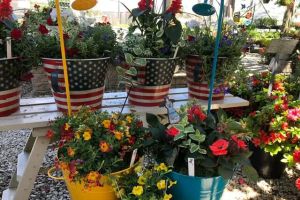
Mathies Landscaping Inc.
ShelbyvilleShelby CountyIndiana
521 E Hendricks St, Shelbyville, IN 46176, USA
2. Why Moss and Ferns Are Ideal for Shady Gardens
Both moss and ferns have a natural affinity for shade, making them perfect choices for areas of your garden that don't receive direct sunlight. Their unique growing habits and low-maintenance care requirements allow them to thrive where other plants might struggle.
2.1 Moss: A Groundcover Miracle
Mosses are simple, non-flowering plants that grow in dense mats, covering the ground with a soft, velvety carpet. They are particularly well-suited for shady, moist areas where grass may not grow. Moss thrives in acidic, moist environments and can help control erosion while providing a lush, green backdrop to other plants. Best of all, moss requires very little care and can be an ideal solution for difficult, shady spots.
2.2 Ferns: Graceful and Elegant
Ferns, on the other hand, are known for their feathery fronds and elegant forms. They grow well in shady areas with moist, well-drained soil, and they come in a wide range of sizes and shapes, from small ground-hugging varieties to tall, dramatic ferns. Ferns not only provide greenery but can also add texture and structure to your landscape, offering a more vertical interest compared to moss.
3. Choosing the Right Moss and Ferns for Your Yard
When selecting moss and ferns for your shady landscape, it's important to consider your specific growing conditions, including the amount of light, moisture, and soil quality. Some varieties of moss and ferns are better suited to different environments, so choosing the right plants for your space is key to success.
3.1 Choosing Moss
Different species of moss thrive in different conditions. For example, cushion moss and sheet moss are ideal for shady, moist areas, while rock moss might be better suited for drier, more compact spaces. Mosses like *Dicranum* and *Polytrichum* are excellent choices for creating lush ground covers in shaded gardens. Be sure to choose a variety that matches the moisture levels and soil type in your garden.
3.2 Choosing Ferns
There are many types of ferns that work well in shady landscapes, but some of the most popular choices include lady ferns (*Athyrium filix-femina*), ostrich ferns (*Matteuccia struthiopteris*), and Japanese painted ferns (*Athyrium niponicum*). These ferns thrive in shade and moisture, and they can grow in a variety of soil types, though well-drained, rich soil is preferred. Be mindful of the space available, as some ferns can grow quite large, while others stay more compact.
4. Planting Tips for Moss and Ferns
Planting moss and ferns in your shady landscape requires a little attention to detail, but the effort is well worth it. Here are some tips to ensure successful growth:
4.1 Preparing the Soil
Before planting moss or ferns, it's important to prepare the soil. For moss, ensure the ground is moist and acidic, as moss prefers these conditions. You can even amend the soil with compost or peat to help increase acidity. For ferns, make sure the soil is rich and well-drained, as ferns dislike sitting in waterlogged conditions. If your soil is too dry, consider adding organic matter to improve its moisture retention.
4.2 Planting Moss
Moss is typically spread by placing small patches or sheets onto the soil or rocks where you want it to grow. Ensure that the area remains moist and shaded, as moss needs these conditions to establish itself. You can also try creating a moss slurry (mixing moss with water and blending it into a paste) and painting it onto surfaces where you want moss to grow.
4.3 Planting Ferns
When planting ferns, dig a hole that's slightly larger than the root ball of the fern, and gently place the fern into the hole. Be sure to plant it at the same depth as it was in the pot, as planting it too deep can harm the roots. After planting, water the fern thoroughly and mulch around the base to retain moisture.
5. Care and Maintenance of Moss and Ferns
Moss and ferns are relatively low-maintenance once established, but there are still a few essential care tips to keep in mind to ensure they thrive in your shady landscape.
5.1 Watering
Both moss and ferns require consistent moisture. While moss is more tolerant of dry periods, it still needs regular watering, especially in hot weather. Ferns, on the other hand, tend to need more frequent watering, particularly in the heat of summer. Make sure to water both types deeply, ensuring that the soil stays consistently moist but not waterlogged.
5.2 Pruning and Cleaning
While moss doesn’t require much care in terms of pruning, ferns may benefit from occasional trimming to remove dead or damaged fronds. This will help keep the plants healthy and encourage new growth. Additionally, remove any debris that may accumulate around the base of the plants, as this can obstruct airflow and lead to fungal issues.
6. Creative Ways to Incorporate Moss and Ferns into Your Landscape
Beyond traditional garden beds, there are many creative ways to incorporate moss and ferns into your landscape. Here are some ideas:
6.1 Moss Pathways
Create a beautiful, natural-looking pathway by laying moss between stepping stones. This can provide a soft, lush surface for walking while adding a charming, woodland feel to your garden.
6.2 Fern Walls
For a dramatic and unique feature, create a fern wall by planting ferns along a shady fence or trellis. This vertical garden will add texture and interest to your landscape while making the most of shaded spaces.
7. Real-Life Story: Transforming a Shady Yard with Moss and Ferns
Recently, I helped a friend redesign their front yard, which was mostly shaded by a large tree. They struggled to grow grass and wanted a low-maintenance solution. After discussing options, we decided to use moss as the primary groundcover, complemented by a variety of ferns along the edges. The transformation was stunning—what was once a dull, forgotten corner now looks like a lush, tranquil retreat. Moss carpets the ground beautifully, and the ferns add structure and color. Best of all, the plants require little attention, and the space has become a peaceful oasis for them to enjoy.
8. Find the Best Gardening Resources with Beautiful Landscapes
If you're looking for expert gardening advice and quality products to help with your landscape design, check out Beautiful Landscapes. We offer a wide selection of resources and tools to help you create the perfect garden, from plant recommendations to garden decor. Let us help you bring your vision to life!


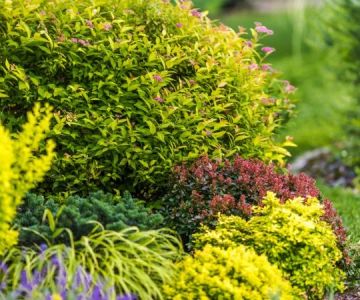




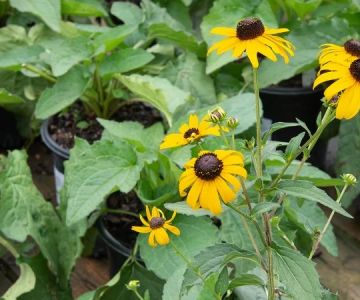
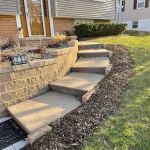 Denver Home & Lawn0.0 (0 reviews)
Denver Home & Lawn0.0 (0 reviews) Legacy Landscapes Nursery5.0 (4 reviews)
Legacy Landscapes Nursery5.0 (4 reviews) Rogers Groundskeeping4.0 (22 reviews)
Rogers Groundskeeping4.0 (22 reviews) JULIO'S SERVICES LAWN CARE AND SNOW REMOVAL.5.0 (23 reviews)
JULIO'S SERVICES LAWN CARE AND SNOW REMOVAL.5.0 (23 reviews)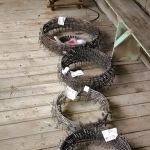 Distinctive Gardens Inc4.0 (49 reviews)
Distinctive Gardens Inc4.0 (49 reviews)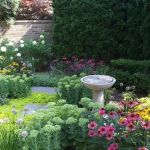 Greenwise Organic Lawn Care4.0 (60 reviews)
Greenwise Organic Lawn Care4.0 (60 reviews) How to Plant Shrubs for Continuous Bloom – Tips for Year-Round Garden Beauty
How to Plant Shrubs for Continuous Bloom – Tips for Year-Round Garden Beauty How to Create a Landscape That Grows With Your Family
How to Create a Landscape That Grows With Your Family How to Design for Low-Light Outdoor Areas
How to Design for Low-Light Outdoor Areas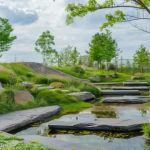 How to Design for Natural Drainage Without Artificial Systems
How to Design for Natural Drainage Without Artificial Systems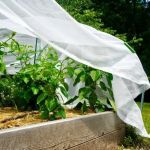 How to Protect Plants During Heat Waves
How to Protect Plants During Heat Waves How to Create a Butterfly Pathway Through Your Garden
How to Create a Butterfly Pathway Through Your Garden